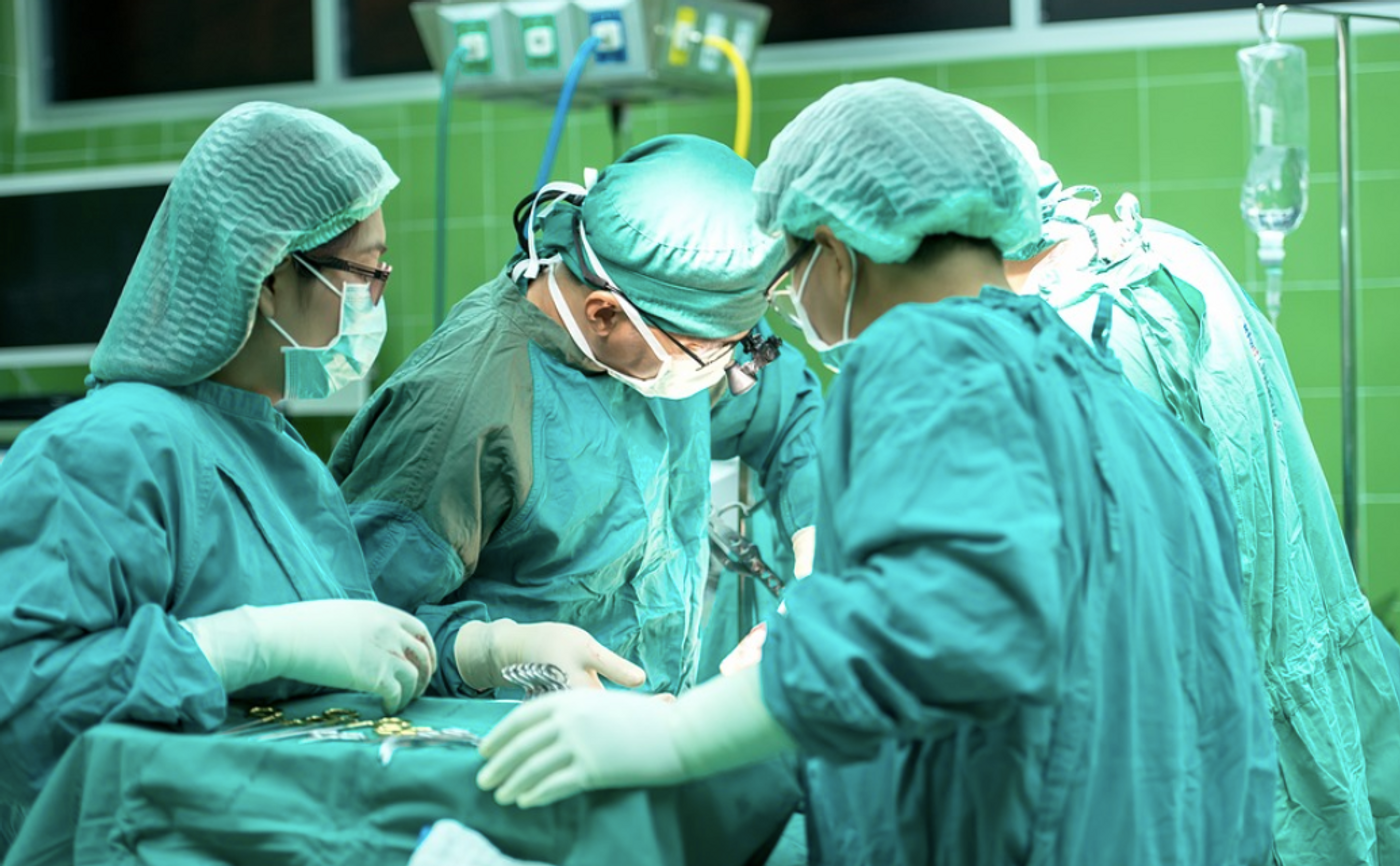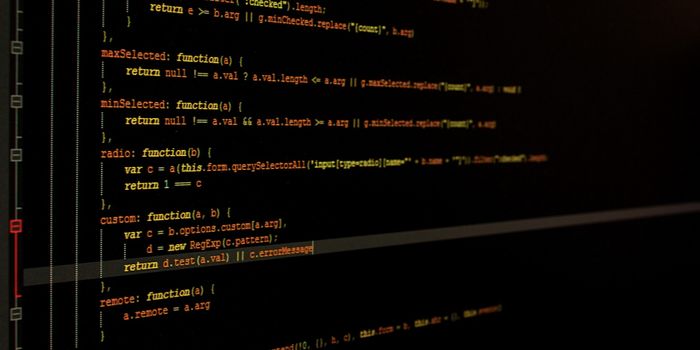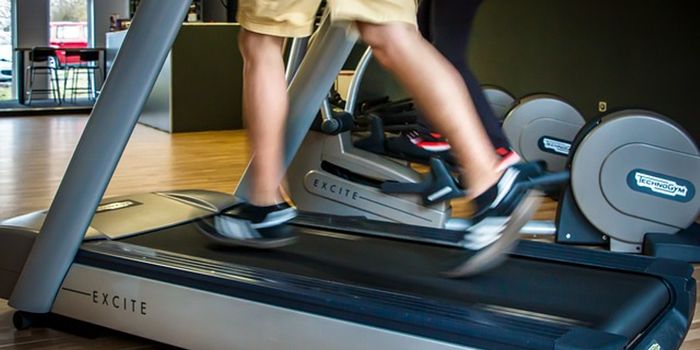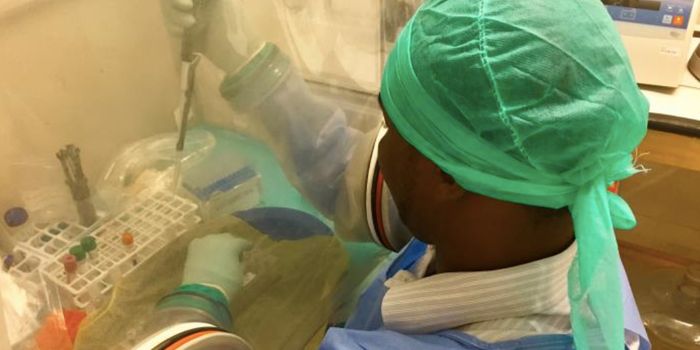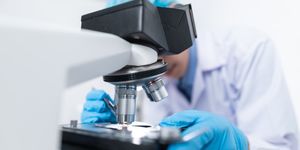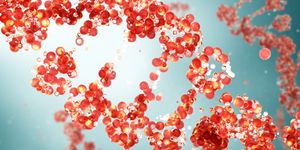Sturgeon - This AI Diagnoses Brain Tumors During an Operation
Tumors in the central nervous system are particularly deadly. During surgery to remove a brain tumor, surgeons usually have to remove some healthy tissue surrounding the tumor to ensure that the entire thing is completely removed. Otherwise, there is a risk that malignant cells will be left behind to form a new tumor. Now scientists have developed a new method that uses artificial intelligence (AI) to make decisions about the status of cells while surgery is ongoing, to help give surgeons the information they need about what tissue to cut away, and what to leave alone. The findings have been reported in Nature.
Right now, surgeons have to analyze tissue prior to surgery to decide where to remove tissue, but this preoperative work is not always accurate. Genetic information obtained from cells can help provide a better picture of where tumor cells and healthy cells are located. One important piece of genetic data is the methylation status of the genome. Methylation patterns in tumor cells have previously been shown to reflect a tumor's origin, type, and prognosis. Usually, however, it takes several days to obtain the crucial methylation data from current techniques.
In this study, the analysis of genome-wide methylation status in cells has been supplemented with AI that has been trained to deal with sparse data, such as the limited information that can be quickly obtained about methylation patterns in individual patient cells. The researchers called this new AI tool Sturgeon, and it can diagnosis the subtype of brain tumor that surgeons are dealing with and help them make decisions about how to operate while the procedure is happening. This tool could eventually also help to make treatment decisions, although connections between molecular information and treatment approaches are still not well understood.
“It’s imperative that the tumor subtype is known at the time of surgery,” study leader Jeroen de Ridder, an associate professor in the Center for Molecular Medicine at UMC Utrecht, told the New York Times. “What we have now uniquely enabled is to allow this very fine-grained, robust, detailed diagnosis to be performed already during the surgery.”
In this study, Sturgeon was tested on tumor samples kept in storage from previous patients. An accurate diagnosis was made within 40 minutes for 45 of 50 of the samples that were assessed. For the other five samples, the information was not clear and Sturgeon did not make a diagnosis.
Next, the investigators used Sturgeon during 25 brain surgeries, along with the current technique of using a microscope to assess tumor samples. In 18 cases, Sturgeon made a correct diagnosis, and was unable to make a decision in the other cases because the information was not robust enough. These calls took only 90 minutes or less to make, which is fast enough to be used while an operation is ongoing.
There could be some drawbacks with this approach; there can be differences with a single tumor inside of one patient, and the genetic data from a cell or two might not reflect the status of the entire tumor. There are also rare tumors that will not match with anything that has already been described.
Unfortunately, not all hospitals have access to the technology that can help them make surgical decisions quickly either. Clinicians often have to start treatment without knowing exactly what is being treated, noted cancer specialist Dr. Alan Cohen, the director of the Johns Hopkins Division of Pediatric Neurosurgery. There are also technical limitations because anyone using Sturgeon will have to be trained to operate and troubleshoot the equipment, as well as understand the underlying bioinformatics tools.
However, other surgical teams have begun to implement the new method, which works best with brain tumors because not all tumor types can be classified with this type of analysis.
Sources: New York Times, Nature
